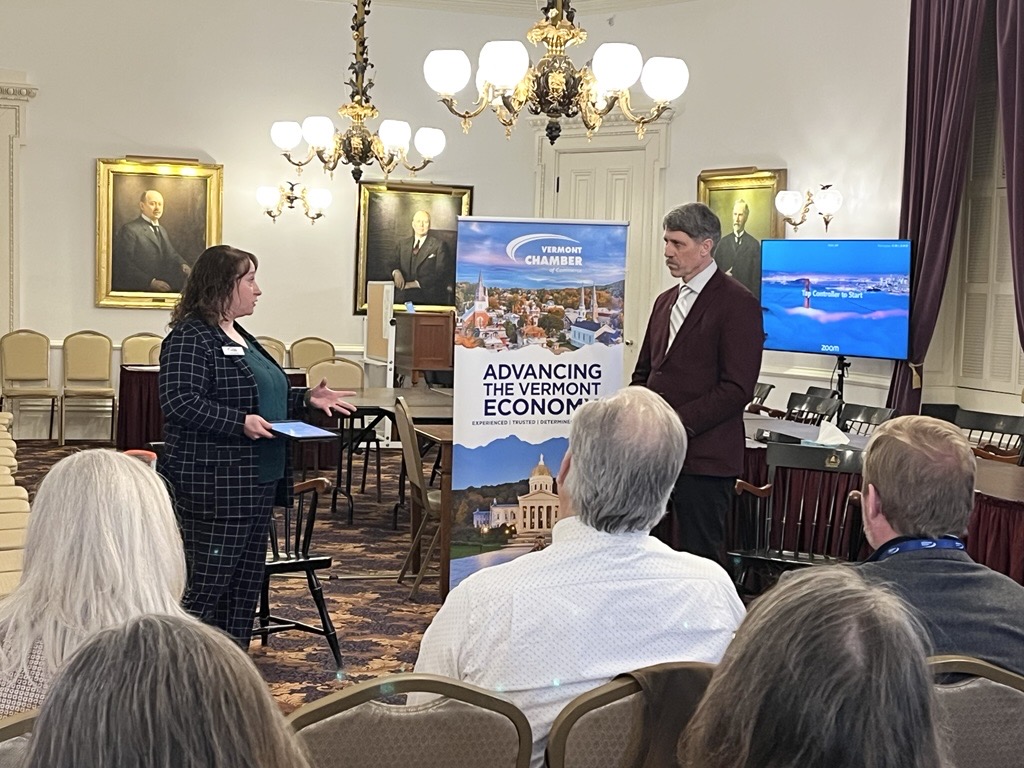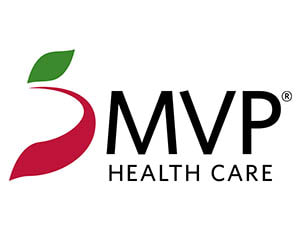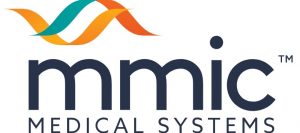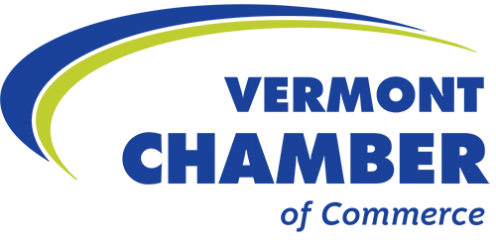How Does the 3.1% Unemployment Rate Impact Economic Recovery?
Every month, the Vermont Department of Labor releases an unemployment and jobs report, and the focus is usually on the unemployment rate, currently at 3.1% which is close to the 2.5% rate reported at the same time last year. Though this number may imply that Vermont is quickly returning to pre-pandemic levels of employment, the latest labor force participation rate highlights the dire reality for Vermont employers.
As the table below shows, Vermont lost over 30,000 people from the workforce in the past year. They may be collecting unemployment, they may have moved out of state, or they may have retired, but the bottom line is these people are not included in the unemployment rate because they are no longer looking for work.

Employers experienced a tight labor market long before the pandemic, with gap of 10,000 available workers as estimated by The Vermont Futures Project. If the 30,000 workers lost in the past year don’t return to work or begin looking for work again, Vermont businesses will face even greater difficulty in recovering from the pandemic-induced economic downturn. So, what happens when a job goes unfilled? An employer will try increasing wages, adding sign-on bonuses, or adding flexible hours and other benefits. They may also build their own pipeline to train and retain skilled workers, like the School of Tech at Nolato (formerly GW Plastics) or VHV’s nationally recognized paid training program. Many of these jobs offer entry level wages starting at an hourly rate of $15 or more, yet they remain largely unfilled.
Wages are proving to not be the problem, instead a lack of workers seems to be the driving force behind many job vacancies. The Vermont Chamber has started to catalog these job openings to show that there are entry level jobs paying above $15/hour going unfilled in every Vermont county. Tell us about your open jobs, your creative recruiting strategies, and changes you’ve made to survive with the lack of workers to help us sharpen our advocacy for a more sustainable approach to unemployment and workforce development as we work toward economic recovery.












